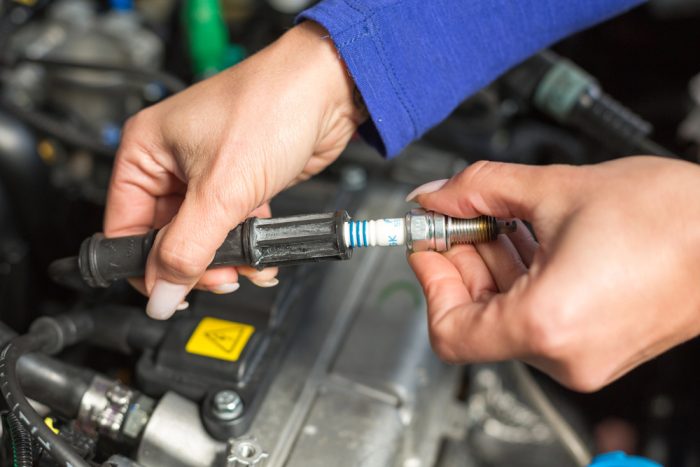In manufacturing, choosing the right thread-setting plug is essential. These simple tools check the accuracy of internal threads in components, verifying that everything fits as it should. A small error in thread size can lead to significant production issues, making selecting a thread-setting plug gage a critical decision. This guide will discuss vital tips for choosing the right thread-setting plugs for your needs.
What Are Thread Setting Plugs?
Thread setting plugs are inspection tools used to check the dimensions of internal threads. They help ensure that threads are neither too large nor too small, which is analytical for the proper fit of fasteners and parts. These gages have two main ends: a “GO” end and a “NO GO” end. The “GO” end confirms the minimum thread size, while the “NO GO” end ensures the maximum thread size. If a plug gage fits properly at both ends, you know the thread meets the required tolerances.
Choosing the Right Thread Plug Gage
Selecting the correct thread setting plug requires careful attention to several factors:
- Thread Standards: Be sure the gage matches the thread type you are inspecting. Depending on the region and application, various standards exist, such as ANSI, ISO, and custom designs. Using the wrong standard can lead to inaccurate results and rejected parts.
- Material Composition: The material of the plug affects its durability and resistance to wear. Tool steel is commonly used for its hardness, while carbide plugs offer superior wear resistance for high-volume production environments.
- Tolerance Range: Every application requires a different tolerance range. Make sure that the plug you choose is designed for that range. Some industries require extremely tight tolerances, making it vital to select a gage that can handle such precision.
- Type of Thread: There are several types of threads that require different types of plugs. Unified and metric thread plugs are among the most common, but there are also specialized plugs for tapered threads, such as those used in pipe fittings.
Maintenance of Thread Setting Plugs
Proper maintenance of thread-setting plugs ensures long-lasting performance and accuracy. Always clean the plugs after each use to remove dirt or debris. Store them in a dry, secure place to prevent damage. It is also important to calibrate the plugs regularly. A gage that is out of calibration can lead to measurement errors, which could affect product quality.
Applications in Various Industries
Thread setting plugs are used in various industries, from aerospace to automotive. In the aerospace industry, for example, components must meet strict specifications, where thread accuracy is a key part of the assembly process. Similarly, in the medical field, devices like surgical tools require precise threads for safe, reliable use. In the automotive sector, thread plugs verify the threads in engine parts and fasteners, which must maintain integrity under high stress.
How Willrich Precision Instruments Helps
At Willrich Precision Instruments, we understand the importance of high-quality thread-setting plugs. With decades of experience in gaging and inspection, we offer a range of thread plug gages tailored to meet the exacting standards of various industries. Whether you work in aerospace or automotive, our products will help you maintain accuracy and compliance.





